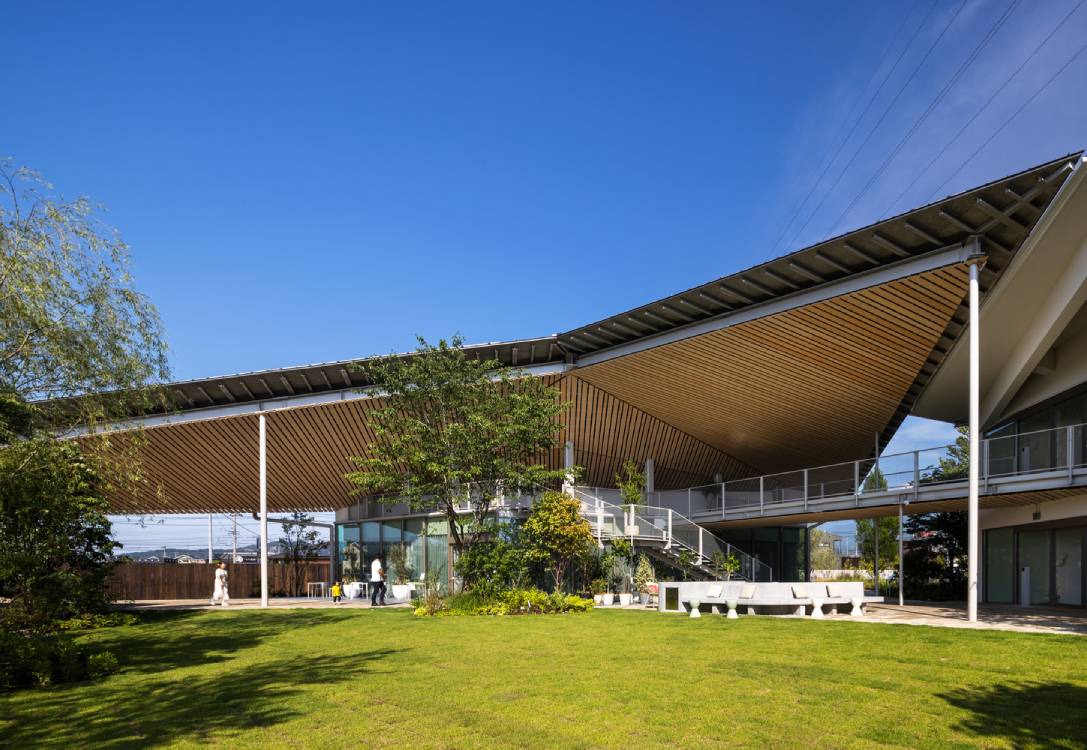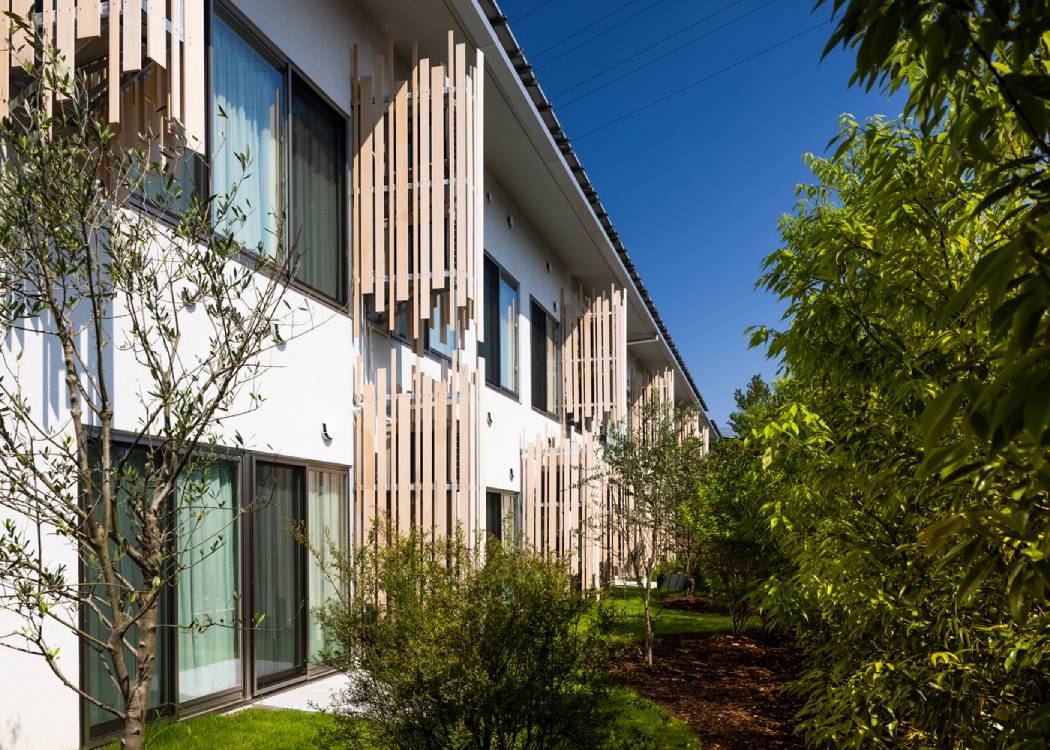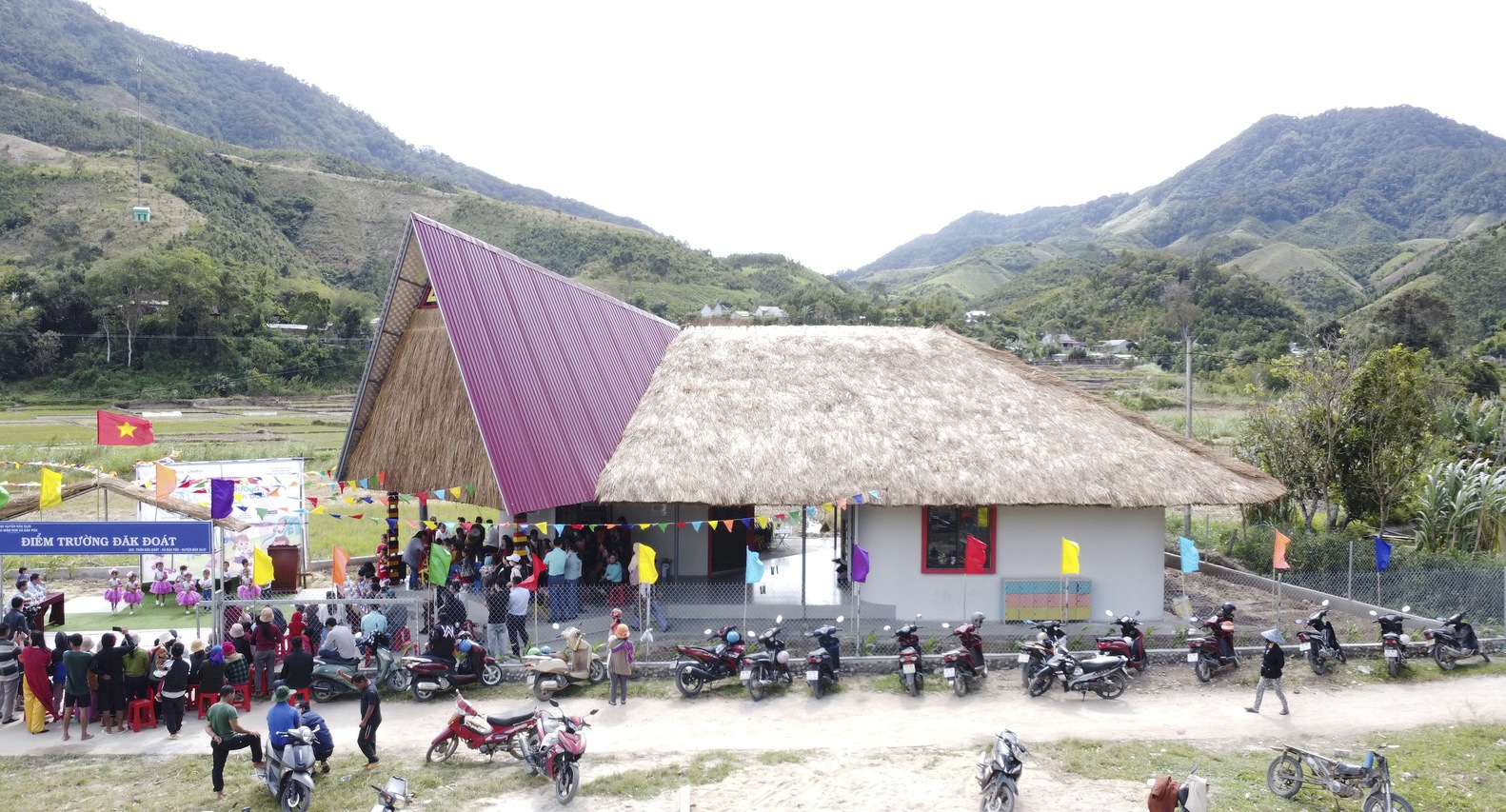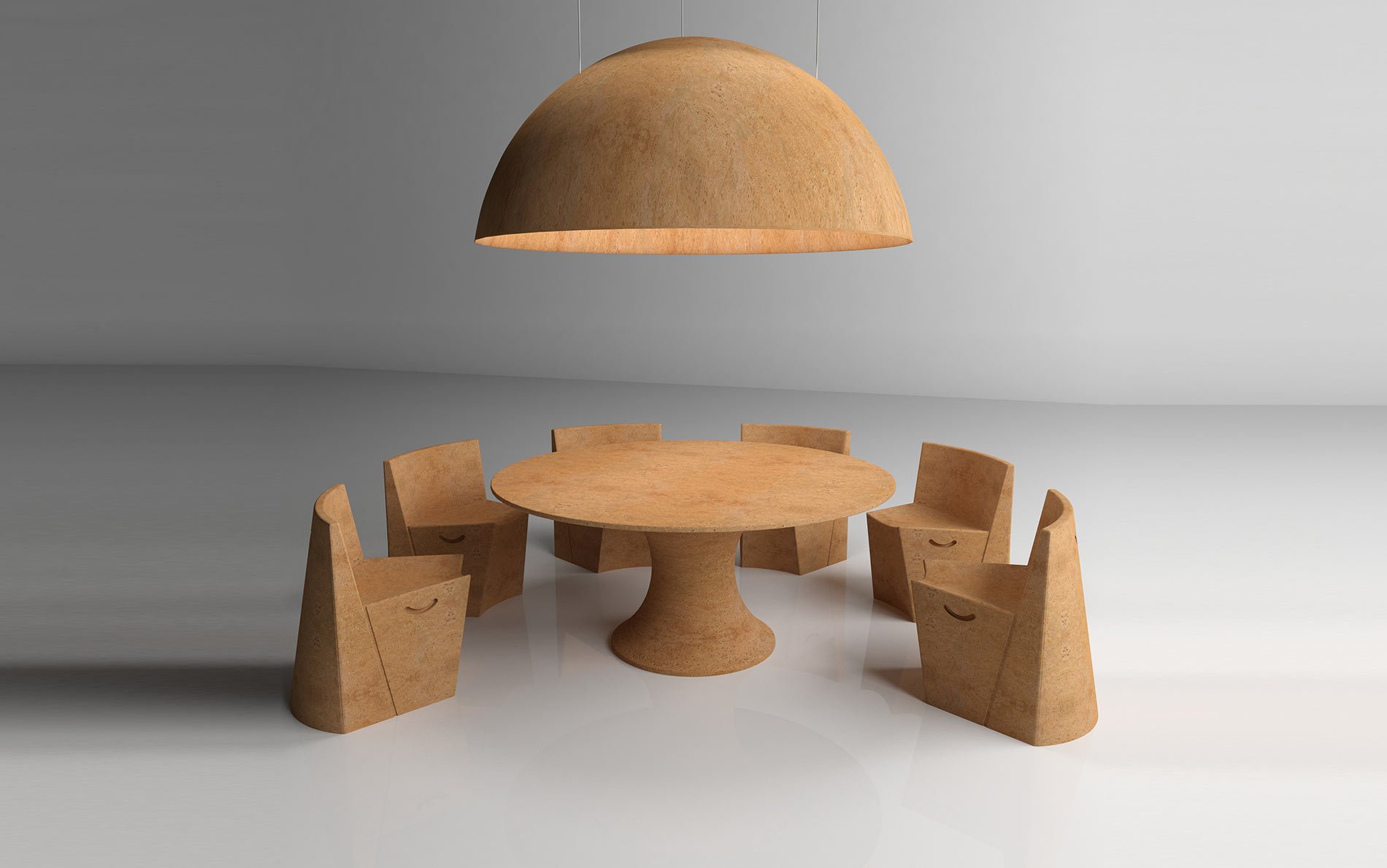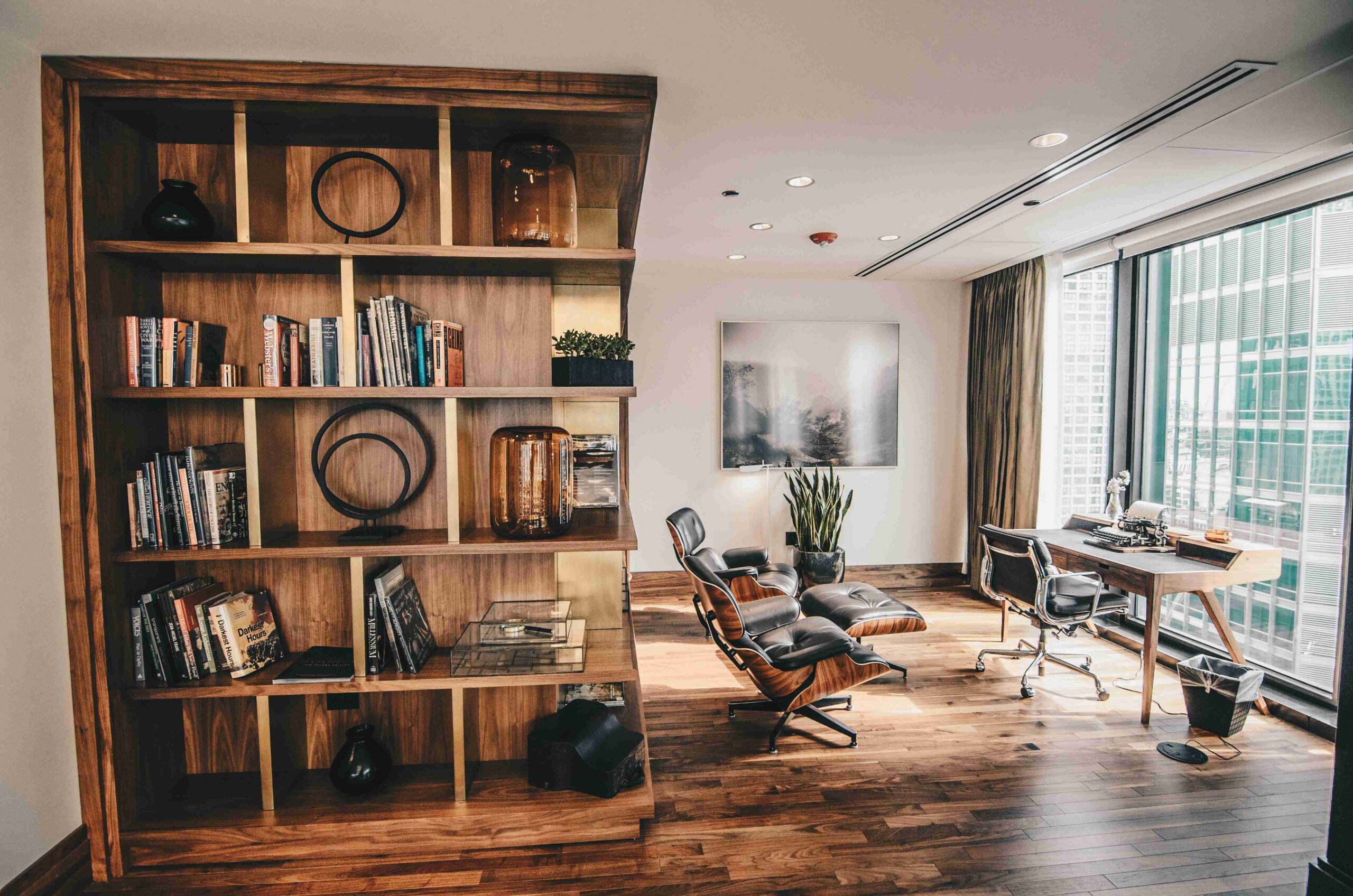Do the buildings we create serve the community? Buildings like Rooster School give us an idea of what this means: does the building conform to the standards of a community, or does it make the community conform to the standards of others? Rooster School, located at Dak Doat in the Central Highlands region of Vietnam, […]
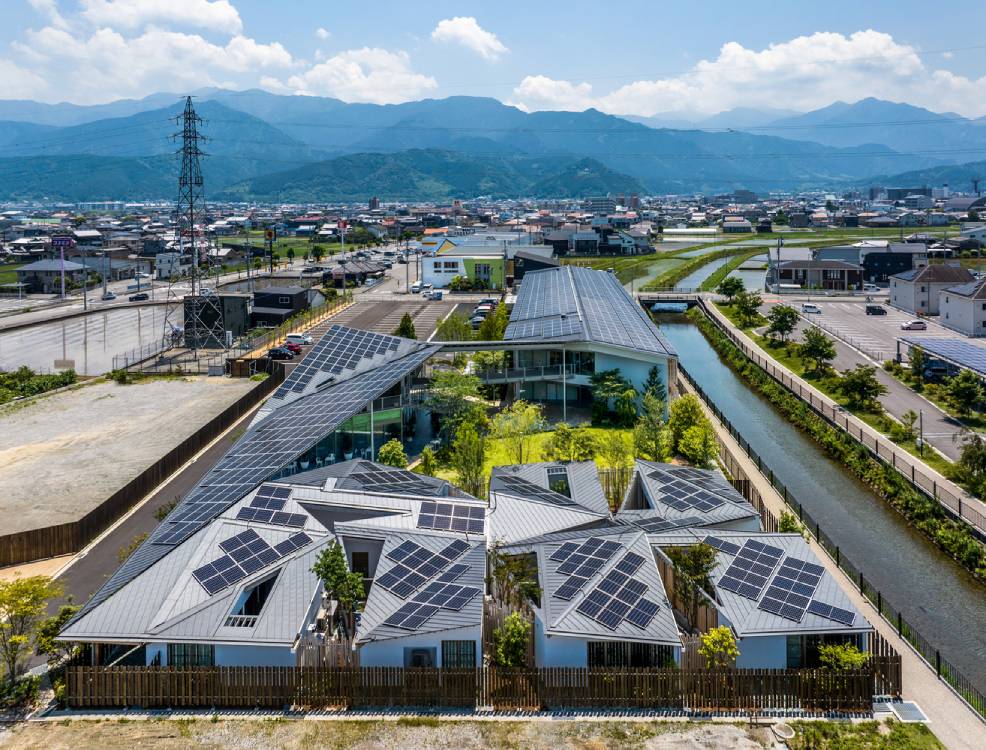
Itomachi Hotel 0: Translating Commercial Needs To The Environment
Architects are finding ever-new ways to innovate and build community-centric projects that help the people and the environment that resides alongside it. And Itomachi Hotel 0 crafts itself to meet the needs of the community. Built in the city of Saijo in Japan, and designed by Kengo Kuma & Associates, in cooperation from Takumi Saikawa Architects, the hotel’s design lines up with the principles of the Itomachi Project.

The University of Tokyo’s Kenga Kuma Laboratory spearheaded this project as a way of creating “environmentally-friendly cities based on the theme of water.” Architects held workshops and spoke with local residents to discuss their needs. They then used their research to create the “Zero Energy” hotel with a design best suited for the city.
Crafting Mountain Lodging
Itomachi Hotel 0 may be a commercial establishment. And yet, the architects built it as a community hub for the locals as well, taking advantage of the “uchinuki” water that comes from Mt. Ishizuchi. Uchinuki, which roughly translates as “extracted,” refers to the mountain spring water extracted from the hotel’s central garden. This garden also functions as the hotel’s “outdoor living room” and can be used for performances and other activities.
This inclusion of green space exemplifies how the architects fosters a sense of community. The massive garden contains trees and benches for people to enjoy the scenery. Its open design and connection with the surrounding nature create a feeling of inclusivity and encourage interaction with the environment.
It’s as if the hotel’s roofs deliberately give way for the trees to grow. The roofs are covered in solar panels to ensure that the area is environmentally-friendly, and the various angles allow the buildings to receive the optimal amount of sunlight every day. These panels are essential in creating the “Zero Energy” establishment.
Symbiotic Creation
While Itomachi Hotel 0 keeps the communal areas distinct from the lodging areas, there’s still an effort to seamlessly integrate with the surrounding environment. Open-air hallways between rooms and strategic openings in the roof to bathe the hotel in sunlight. The deliberate use of plants in these spaces blur the lines between the hotel and the nature around it. Timber planks hide the air-conditioning units while maintaining the hotel’s drive as an environmentally-conscious building.
Nature itself is utilized to give the lodgers a sense of privacy, yet every room looks out into green spaces are potted next to the rooms, or outside of the windows next to the walls. The result is a sense of seclusion achieved without sacrificing connection to the natural world.
Marrying the Commercial and the Communal
Itomachi Hotel 0 transcends its impressive architecture by fostering a unique connection with the surrounding community. It achieves this through a thoughtful balance of commerce and social responsibility.
The hotel leverages its natural environment for the benefit of all. This focus extends to the creation of a welcoming space. Unlike some urban hotels that feel isolated, Itomachi Hotel 0 fosters a sense of openness and inclusivity. It moves away from the typical seclusion of city hotels, inviting the community to connect and engage with the space.
Related reading: The Cliff Hotel Jeju: How to Accentuate the Environment Around Us


